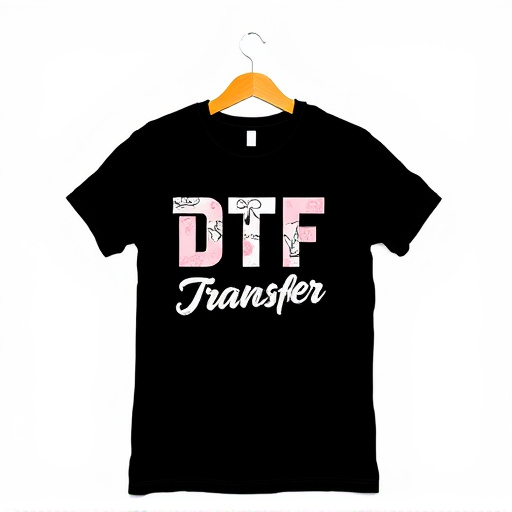Heat soak vulnerability in automotive engineering affects engine performance due to excessive heat buildup. While cold air intake (CAI) draws cool external air for broader power gains across engine speeds, short ram intake (SRI) retains ambient air for targeted peak power increases, minimizing heat soak. To mitigate risks, automakers design for optimal air intake, implement active cooling systems, and perform regular maintenance, addressing CAI vs SRI distinctions for safer, reliable vehicle performance in diverse climates.
In the automotive world, understanding heat soak vulnerabilities is crucial for ensuring optimal engine performance and safety. This article delves into the core concept of heat soak, exploring a critical weakness that can impact various systems. We present a comparative analysis between cold air intake (CAI) and short ram intake (SRI), highlighting their differing roles in managing heat. Additionally, effective strategies are discussed to mitigate risks associated with heat soak vulnerabilities, especially focusing on automotive systems’ vulnerabilities and enhancements through CAI vs SRI technologies.
- Heat Soak Vulnerability: Understanding the Core Concept
- Cold Air Intake vs Short Ram Intake: A Comparative Analysis
- Mitigating Risks: Strategies to Address Heat Soak Vulnerabilities in Automotive Systems
Heat Soak Vulnerability: Understanding the Core Concept

Heat soak vulnerability, a critical aspect of automotive engineering, refers to the phenomenon where an engine’s performance and efficiency are negatively impacted by excessive heat buildup. This issue is particularly relevant when discussing modifications like cold air intake (CAI) and short ram intake (SRI). Both CAI and SRI aim to enhance engine power by optimizing airflow, but they differ significantly in their approach, leading to varied heat soak effects.
Cold air intake systems, as the name suggests, draw cool air from outside the vehicle, which is then directly fed into the engine. This method promises improved performance due to the cooler air’s higher density and lower temperature. However, it can create a heat soak effect if not properly designed, as the cold air can quickly warm up inside the engine bay, especially during high-performance operations or in hot climates. On the other hand, short ram intakes retain much of the ambient air, only providing a partial cool-down effect while also reducing backpressure. This design minimizes heat soak by minimizing the time the air spends at elevated temperatures within the intake system.
Cold Air Intake vs Short Ram Intake: A Comparative Analysis

In the realm of automotive performance modifications, the debate between cold air intake (CAI) and short ram intake (SRI) systems is a popular one among car enthusiasts. Both systems aim to improve engine performance by enhancing airflow, but they differ significantly in design and installation. CAI systems draw cold air from outside the vehicle, often through an opening in the fender or grill, and directly feed it into the engine’s intake manifold. This provides colder, denser air, which can increase power output and fuel efficiency. On the other hand, SRI systems use the existing air path within the vehicle’s engine bay, routing the intake air through a shorter, more direct route to the engine.
While CAI systems are known for their ability to provide a significant power gain due to the cooler and denser air supply, SRI options offer a more focused approach by maximizing the efficiency of the existing air flow. SRI systems often require less maintenance and can be easier to install due to their simpler design. In terms of performance gains, CAI typically offers a broader range of benefits across various engine speeds, whereas SRI may provide a more pronounced peak power increase at specific RPMs. The choice between the two largely depends on individual preferences, vehicle type, and the desired level of customization for optimal engine performance.
Mitigating Risks: Strategies to Address Heat Soak Vulnerabilities in Automotive Systems

Mitigating Risks: Strategies to Address Heat Soak Vulnerabilities in Automotive Systems
One effective strategy to combat heat soak vulnerabilities involves considering the design of the vehicle’s intake system. A key distinction lies between cold air intakes and short ram intakes. Cold air intakes draw cool air from outside the vehicle, minimizing temperature increases caused by hot exhaust gases. This approach maintains optimal engine performance and efficiency even under high-temperature conditions. In contrast, short ram intakes, while efficient in enhancing power output, may not account for external air temperature fluctuations, potentially exacerbating heat soak issues.
For automotive manufacturers, implementing active cooling systems or utilizing advanced materials that dissipate heat more effectively can significantly reduce risks associated with heat soak vulnerabilities. Additionally, regular maintenance practices such as timely replacement of heat-sensitive components and ensuring proper ventilation within the engine bay can further mitigate potential damages caused by excessive heat buildup. These proactive measures not only extend the lifespan of automotive systems but also enhance overall vehicle safety and performance in diverse climatic conditions.
In understanding and addressing heat soak vulnerabilities, especially within automotive systems, a key distinction lies between cold air intake (CAI) and short ram intake (SRI). While both aim for improved performance, SRI’s direct path to the engine can exacerbate heat issues. CAI, with its use of external air sources, offers a cooler alternative. Effective mitigation strategies include strategic design choices, efficient cooling systems, and regular maintenance, ensuring optimal engine performance and safety in varying environmental conditions. By comparing these intake types and implementing appropriate risk-reduction techniques, automakers can enhance the overall reliability and efficiency of their vehicles.














